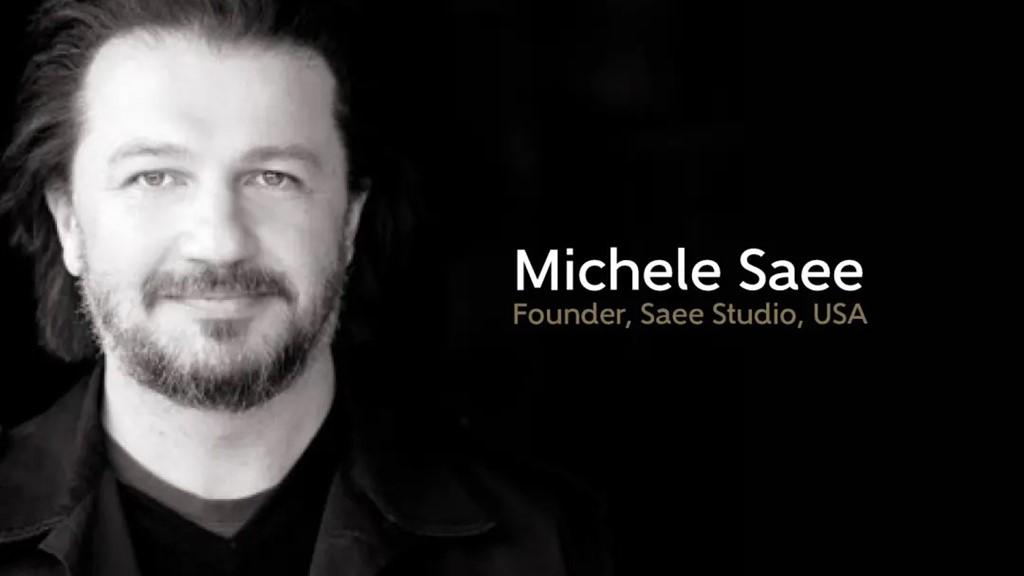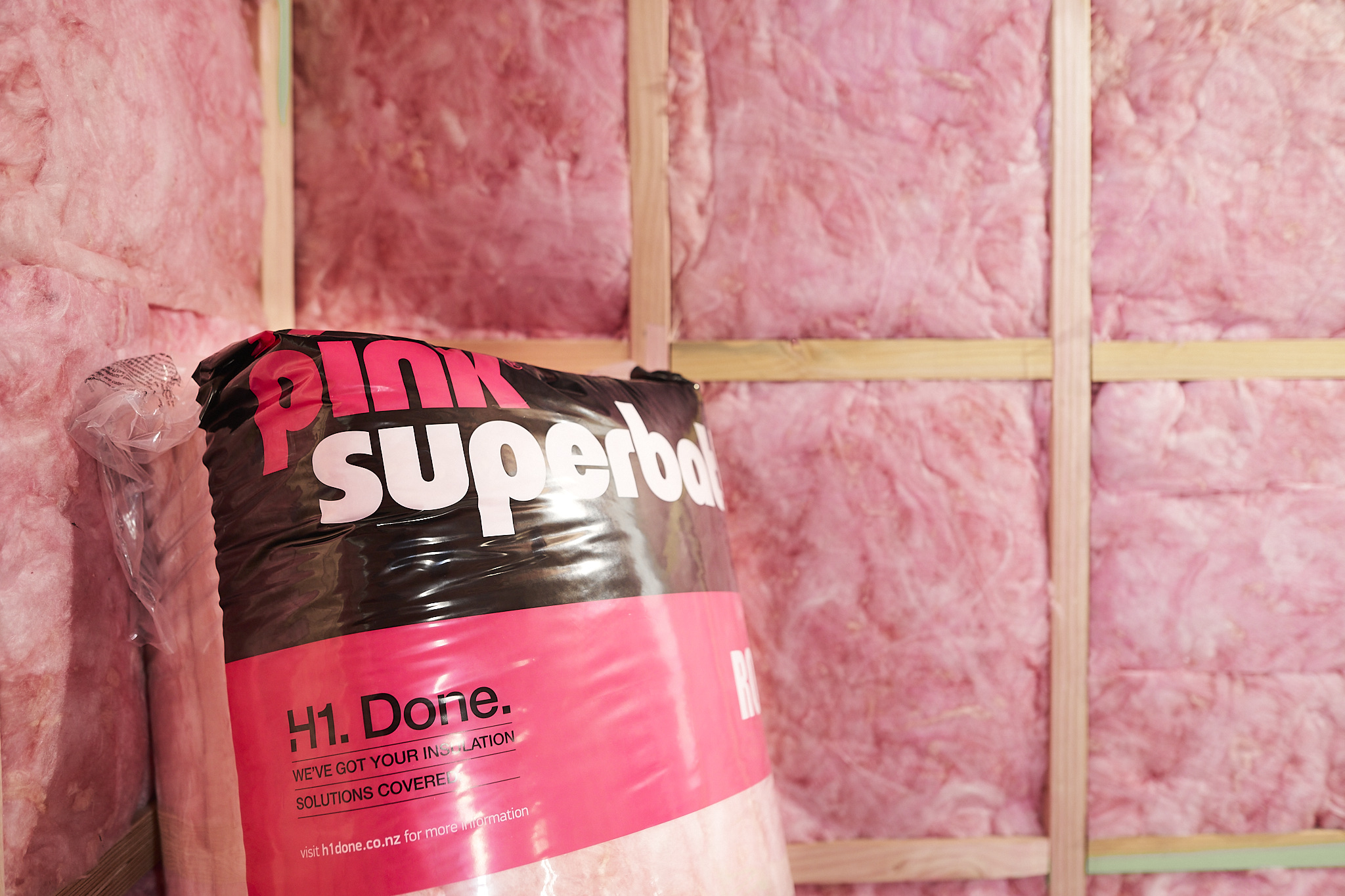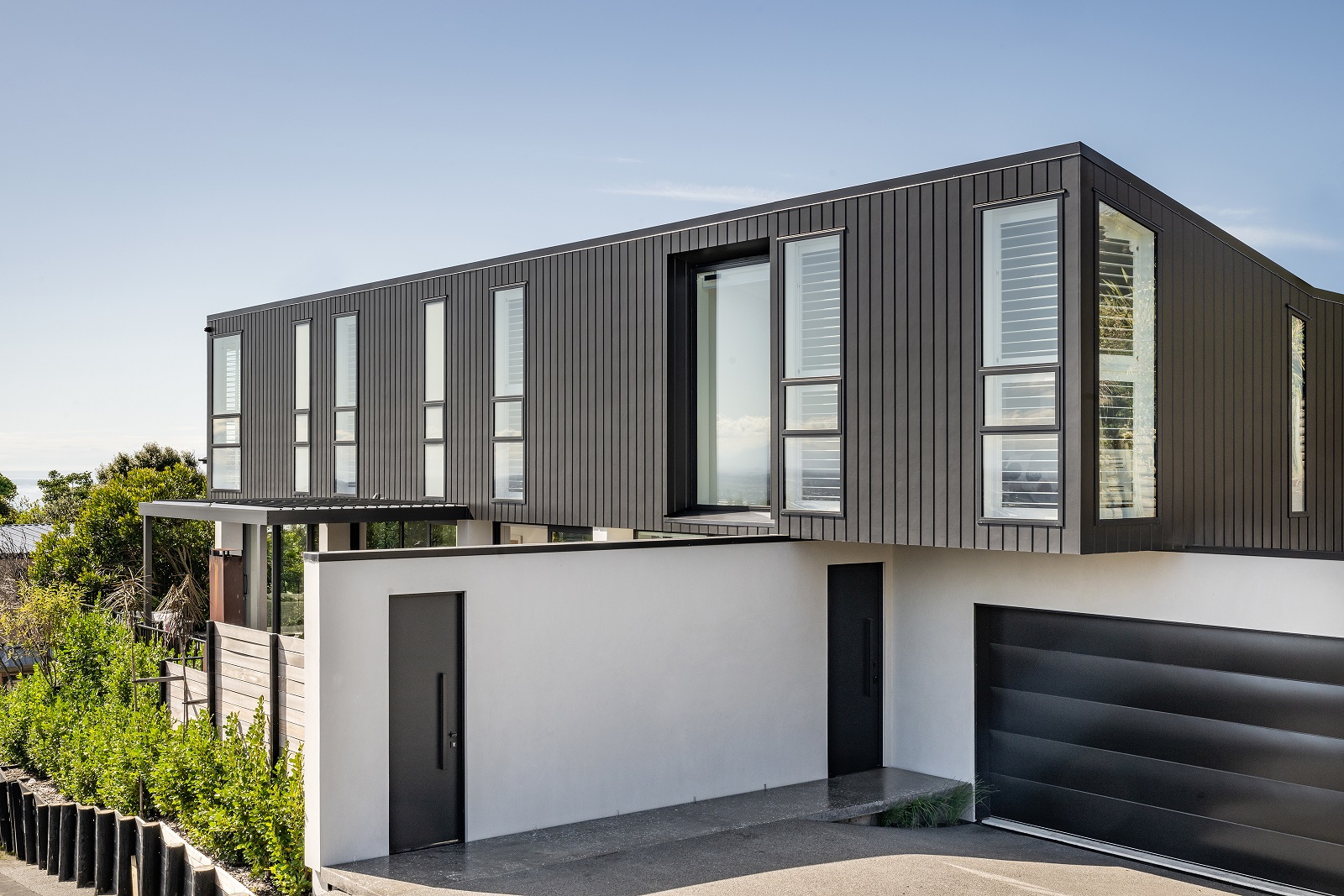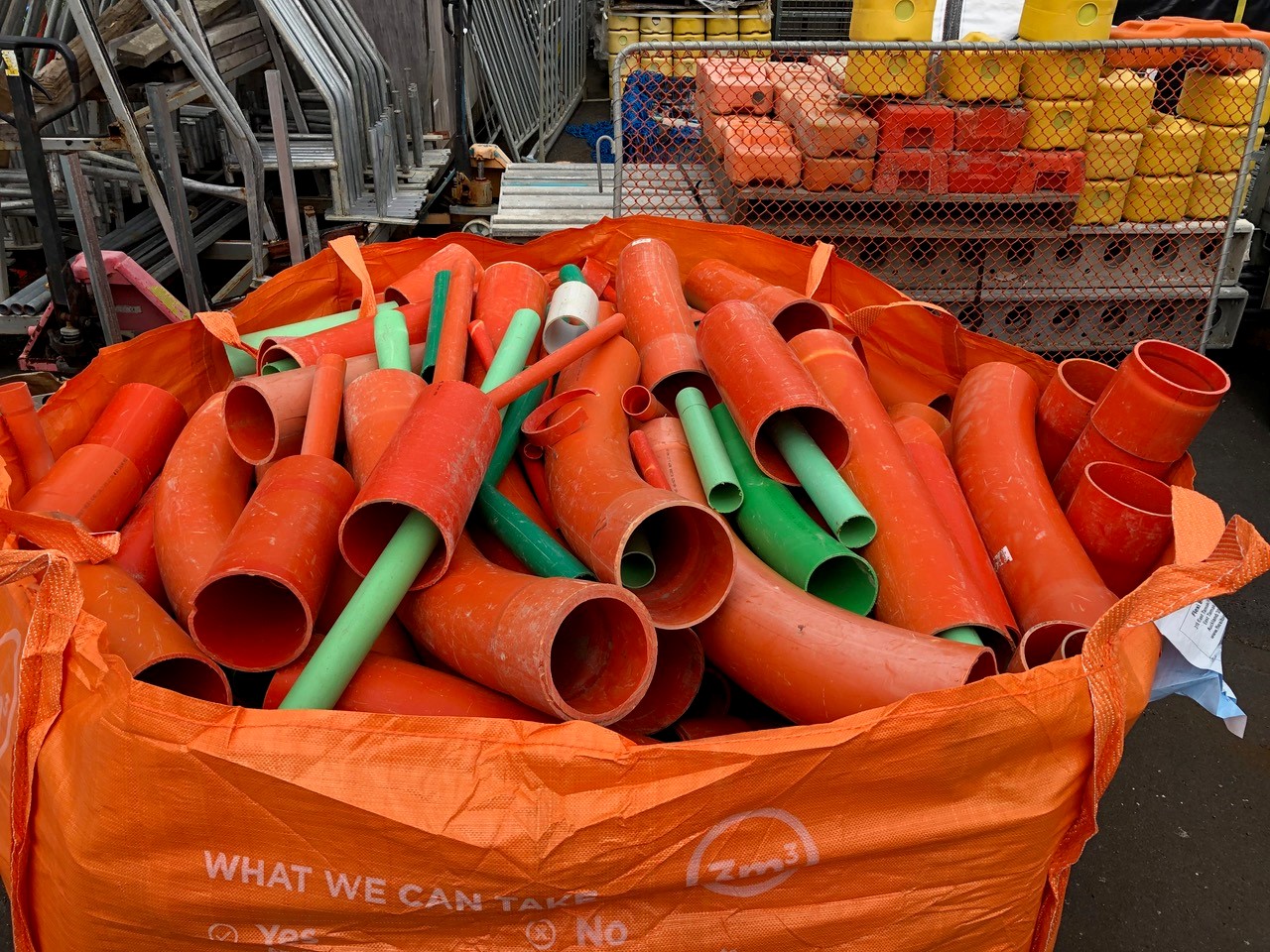With an outstanding body of work spanning the globe, architect Michele Saee is expected to be a huge drawcard when he speaks at Paradigm-Shift events throughout New Zealand this month.
Founder of Saee Studio in Los Angeles, Saee is an award-winning and widely published architect who works, exhibits and lectures on architecture in many countries around the world.
Saee brings a truly international perspective. Born in Tehran, Michele Saee received his Master of Art in Architecture degree from the University of Florence School of Architecture and undertook a post graduate degree in Technical Urban Planning at the Polytechnic of Milan, before moving to the United States and founding his own architectural practice.
Over the course of a 30-year career, Saee has completed more than 100 ground-breaking architectural projects in countries as diverse as France, Italy, China, Korea, the United States and Vietnam. His exhibitions have included the Venice Architectural Bienniale, the Busan Bienniale in Korea, and the First Architectural Bienniale in Beijing.

The Museum of Modern Art in San Francisco and the FRAC collection in France both contain Michele Saee’s work in their permanent collections and Rizzoli International published a monograph of his projects in 1997.
Saee believes that the practice and education of architecture are inseparable, so he splits his time between architectural projects and teaching environmental and architectural design at Otis Art Institute of Parsons School of Design in Los Angeles, the Southern California Institute of Architecture (SCI-Arc) and other schools in the US and abroad.
“I am very, very excited to be coming to New Zealand,” says Saee. I have seen some fantastic images of the country and that triggered this desire for me to come. So when the opportunity presented itself, I was ready,” he said. He notes his interest in learning more about how New Zealand and its architecture relates to the country’s beautiful environment. “It’s very much part of my interest to explore that.”
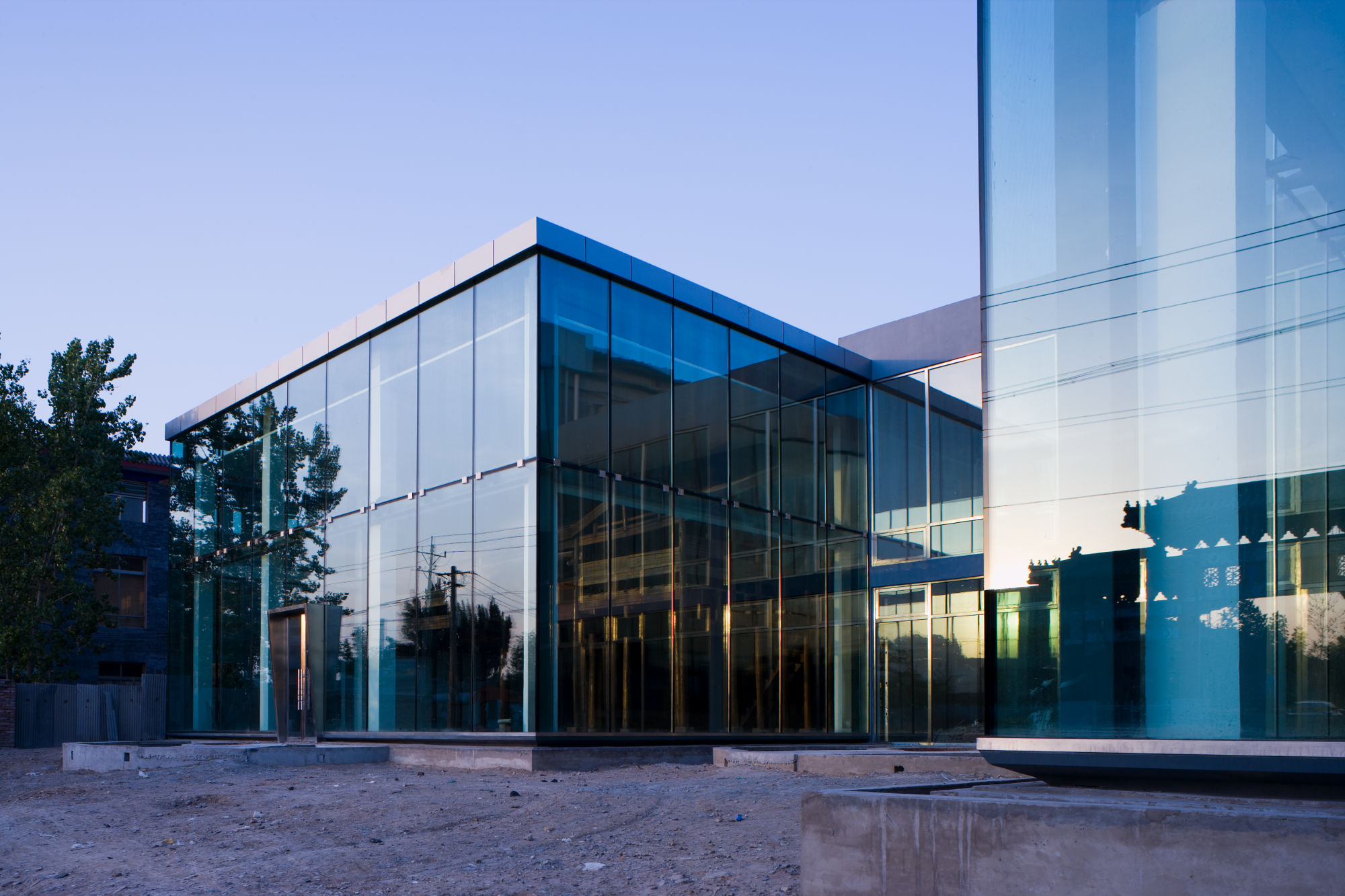
Saee has done significant work in China and was based there between 2004 and 2011. This experience shaped his thinking and he witnessed rapid change on a grand scale. He is particularly interested in how architecture connects with the environment and society.
“I started questioning foreign architect’s work, like Zaha Hadid, and others for that matter, like the Bird’s Nest (Beijing National Stadium)…done by Herzog & de Meuron.” He also instances the 51 storey CCTV tower, built in the Chinese capital, which required the destruction of a significant neighbourhood of “old, beautiful Beijing”.
“I encountered this architectural phenomenon…which was creating international iconic images, but in reality I’m not sure if it was responding to the Chinese culture, to Chinese need, to Chinese life in any form.”

Saee isn’t a slave to parochial influence, however. He believes that global factors are actually more important than local ones. Having lived, studied and worked in a city like Florence, where historical and cultural influences can be very constricting, he’s wary of local practices exercising control long after they cease to be relevant.
For Saee, there is a fundamental bottom line arbitrating between the global and the local. “The user is completely the most critical part for me. Who’s going to live there? Who’s going to work there? Who’s going to use that space? And then the combination of these elements starts to form my thinking about what can work there, and to lead to a process. And that process engages me into creating or making a vision for that particular project.”
Saee is concerned to ensure architecture communicates its role in society more effectively. “Communication is critical, to introduce architecture to the people and to allow the general public to engage in that conversation”. He longs to see democratic processes in play, because good architectural practice “shouldn’t just be for the rich and powerful”.
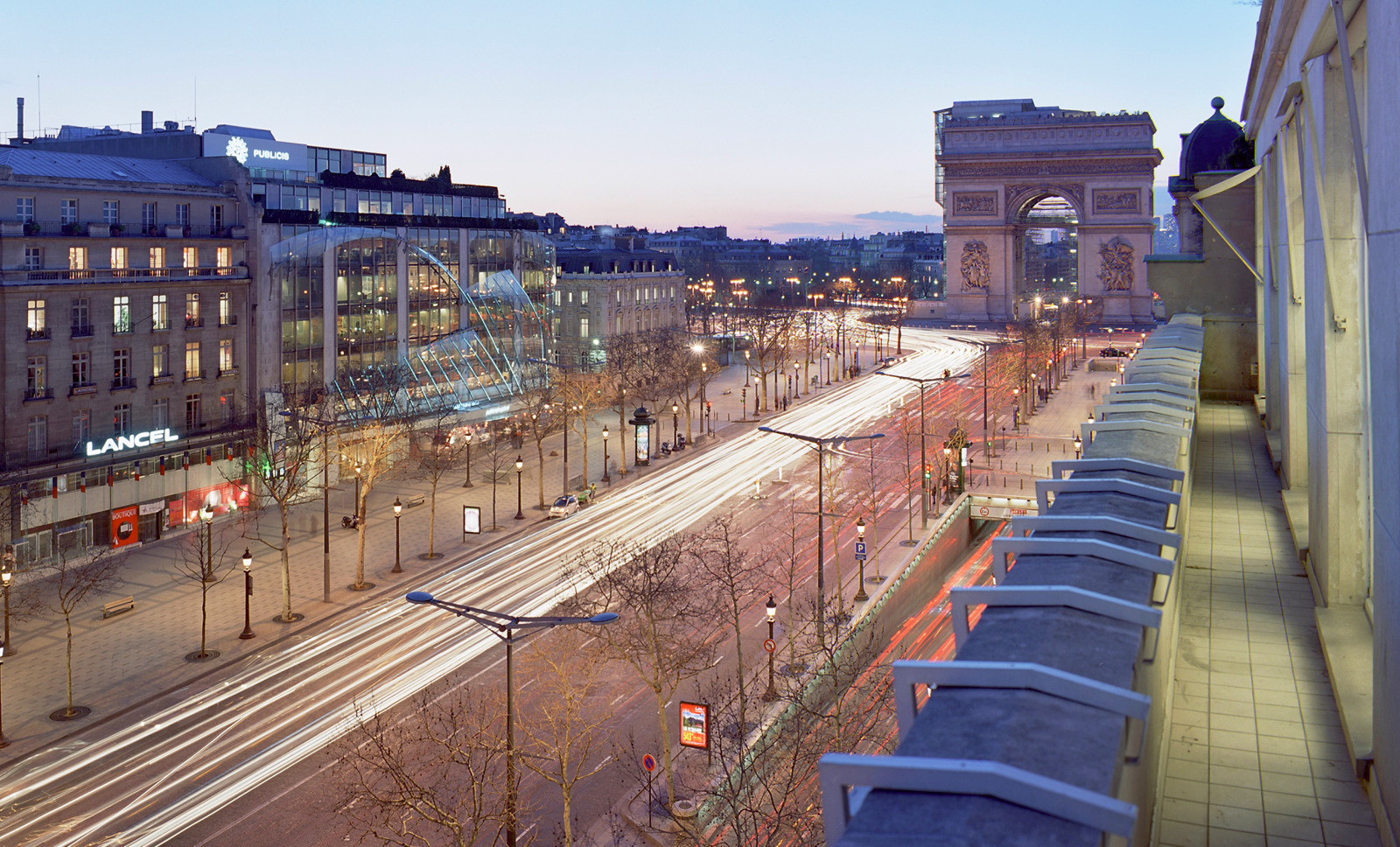
The challenge of building engagement between practitioners and the public is not a modern problem; it is age old. By way of example. Saee cites the work of a fourteenth century European prince who took up the challenge of explaining architecture to the common people of his day.
For Saee, the reason architecture must connect with the wider public is because the discipline plays such an important role in shaping life and experience. He concludes, “for me, architecture is not a way of life; architecture is life itself.”
To see more of Michele Saee’s work and practice, visit:
